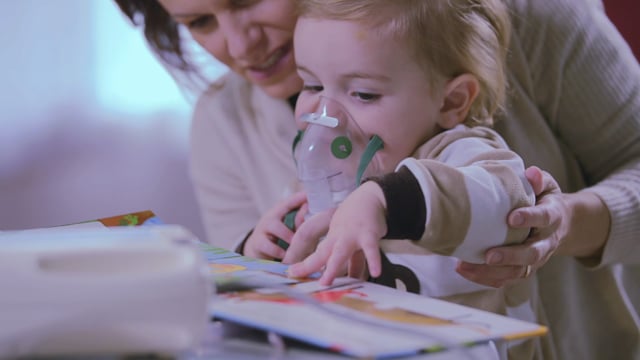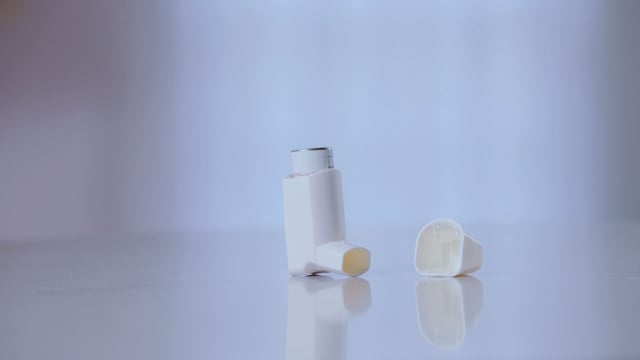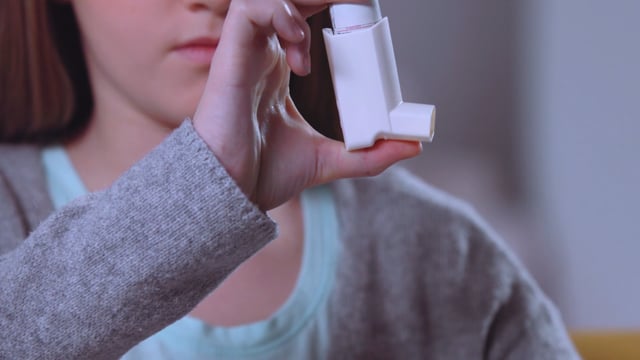Asthma Medicines
Asthma medicines help kids breathe easy. They keep the airways from swelling, getting irritated, and narrowing.
When kids take their medicines as directed and avoid asthma triggers, their asthma is under control and they can do just about anything.
The two main types of asthma medicines are quick-relief medicines and long-term control medicines.
How Do Quick-Relief Medicines Work?
Quick-relief medicines (also called rescue medicines or fast-acting medicines) do what their name says. They work right away to relieve symptoms of an asthma flare-up as it’s happening. They open up the airways to relieve symptoms like wheezing, coughing, and shortness of breath.
The most-prescribed quick-relief medicines (like Albuterol) are quick-acting bronchodilators (usually given through an inhaler or a nebulizer). If a bronchodilator alone doesn’t ease a severe flare-up, other medicines may be given by mouth or injection to help treat it. It’s important for kids who have an inhaler to use it with a spacer or aerochamber.
If your child has been prescribed quick-relief medicine, always keep it on hand. That means at home, at the mall, at sports practice, and even on vacation. Talk with your doctor about how often your child needs it. If it’s too often, the doctor also might prescribe a daily long-term control medicine to help prevent asthma flare-ups.
How Do Long-Term Control Medicines Work?
Long-term control medicines (also called controller medicines or maintenance medicines) work over time to ease airway swelling, limit mucus, and help prevent asthma symptoms. These medicines may be inhaled or swallowed as a pill or liquid. They should be taken as prescribed, even when your child seems well. Your child shouldn’t stop using the medicine unless your doctor tells them to.
There are a variety of long-term control medicines, but inhaled corticosteroids are the most common. They’re usually given through an inhaler or nebulizer. Corticosteroids are not the same as performance-enhancing steroids used by athletes. They’re a safe and proven form of asthma treatment, and the dose is very small compared with oral steroids.
Long-acting bronchodilators also can be prescribed. These medicines relax the muscles of the airways for up to 12 hours.
Even if your child takes long-term control medicine regularly, they also need to have quick-relief medicine for treating flare-ups when they happen.
What Else Should I Know?
Your doctor will decide which type of medicine your child needs based on their symptoms and how often they happen. Report any concerns or changes in the symptoms to help your doctor find the best treatment and make updates when needed. If possible, keep a log or diary of symptoms for your doctor.
For many kids, the type of medicine used and its dosage will change as they grow and their symptoms change.
-

Using a Nebulizer
Learn step-by-step how to use a nebulizer for asthma.
-

Using a Dry Powder inhaler
Learn step-by-step how to use a dry powder inhaler for asthma.
-

Using an Inhaler With a Spacer
Learn step-by-step how to use an inhaler with a spacer for asthma.
-

Using an Inhaler Without a Spacer
Learn step-by-step how to use an inhaler without a spacer for asthma.
